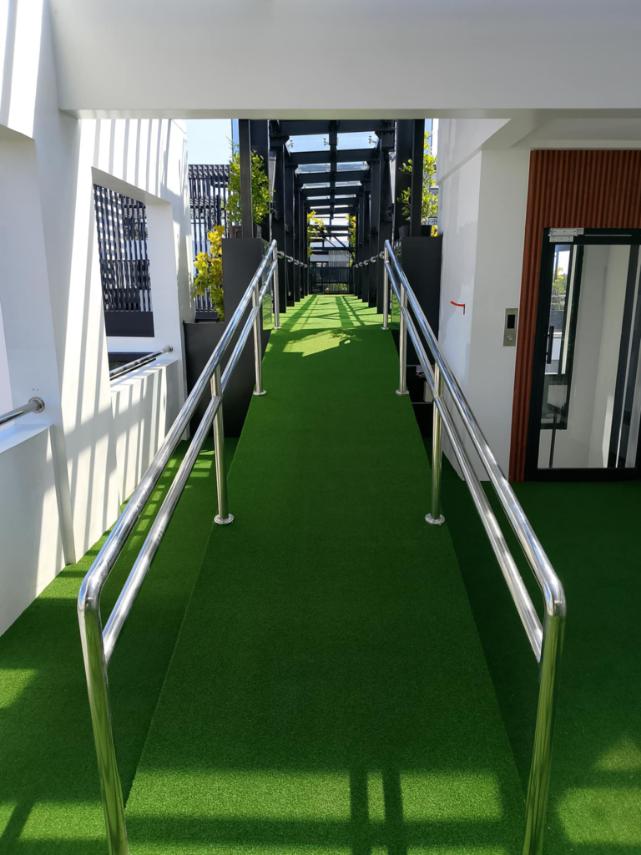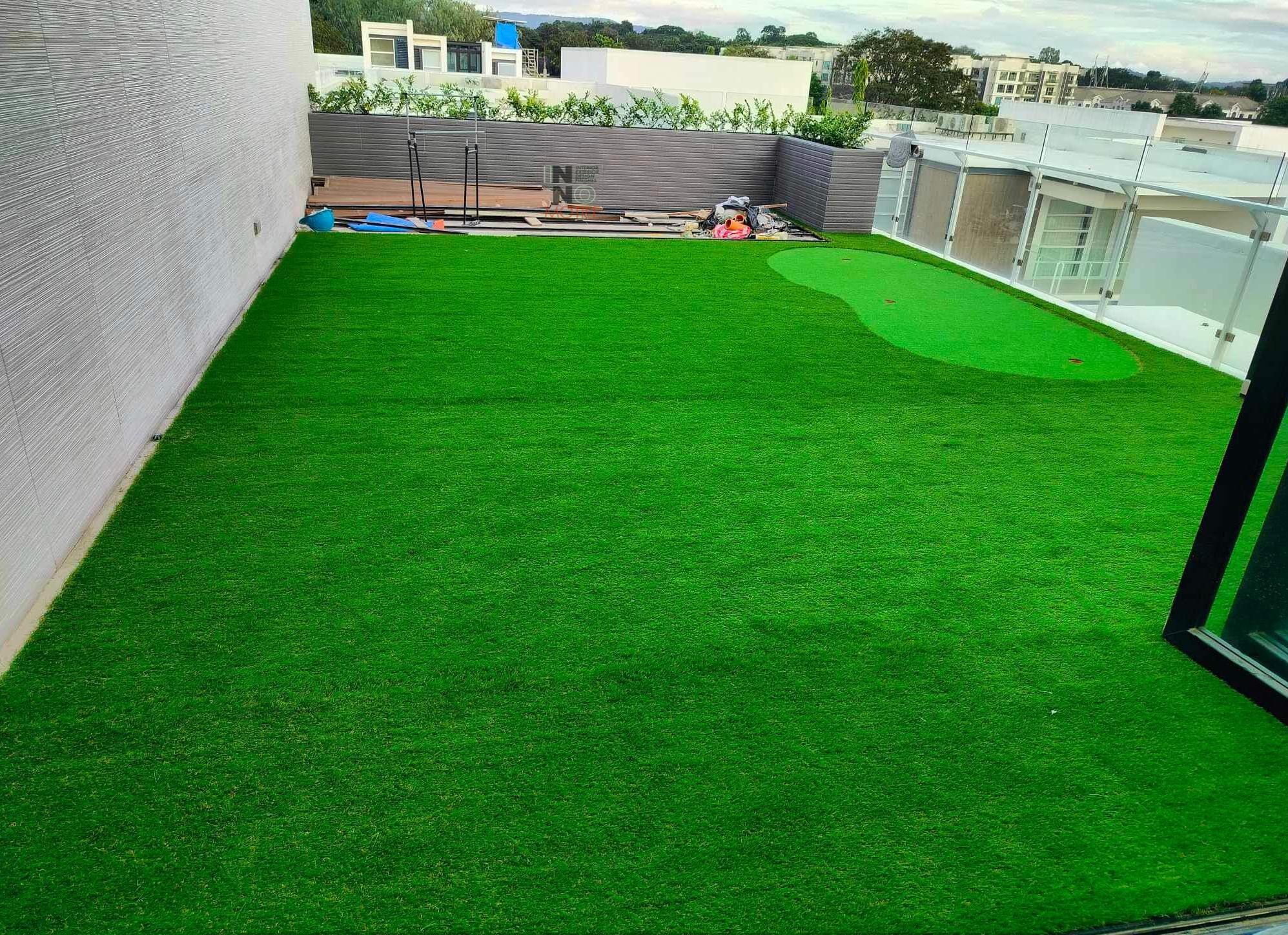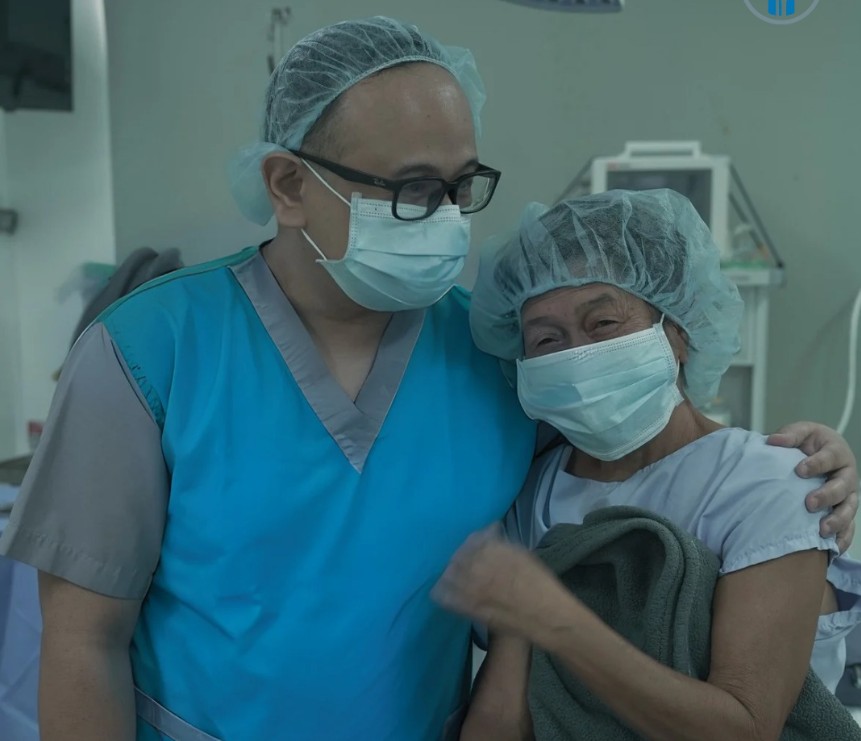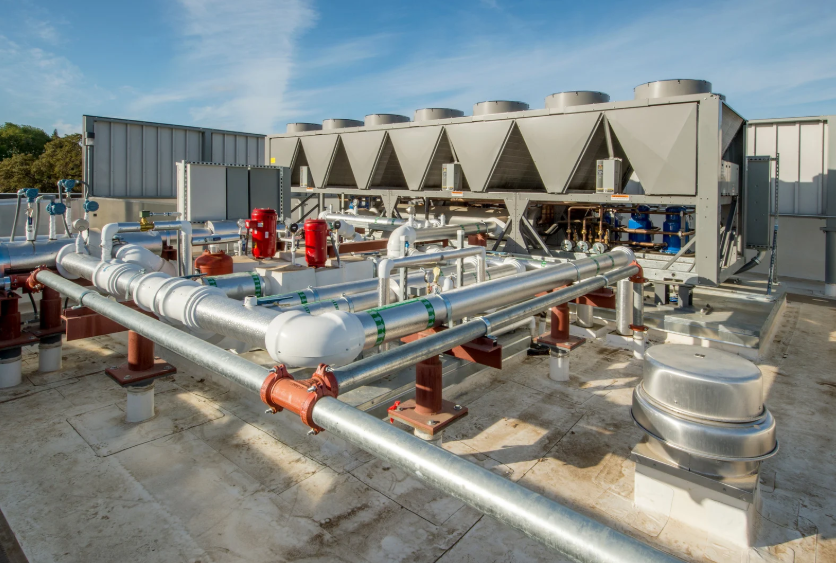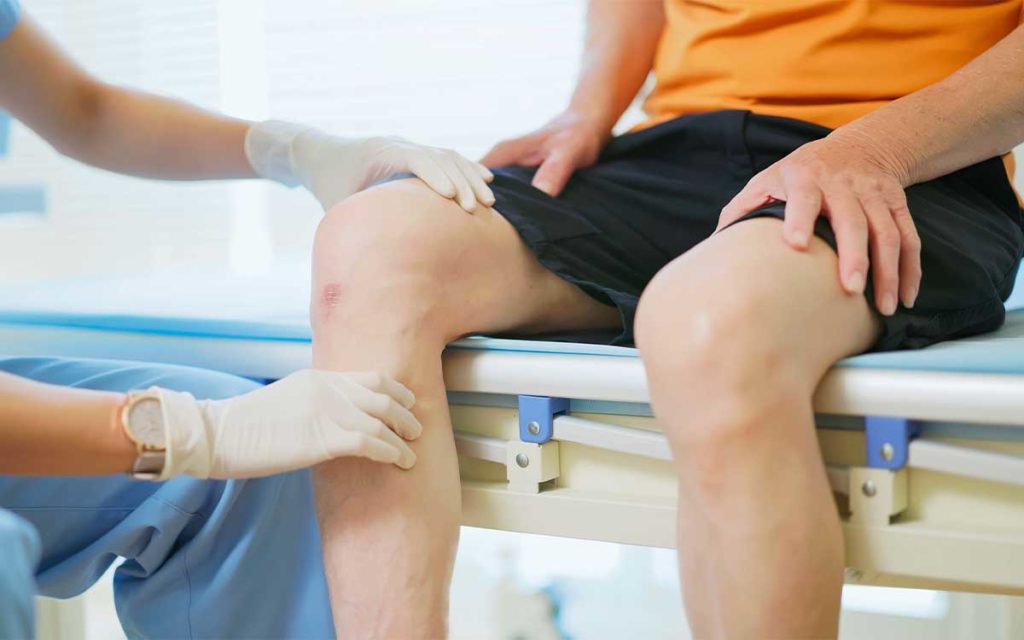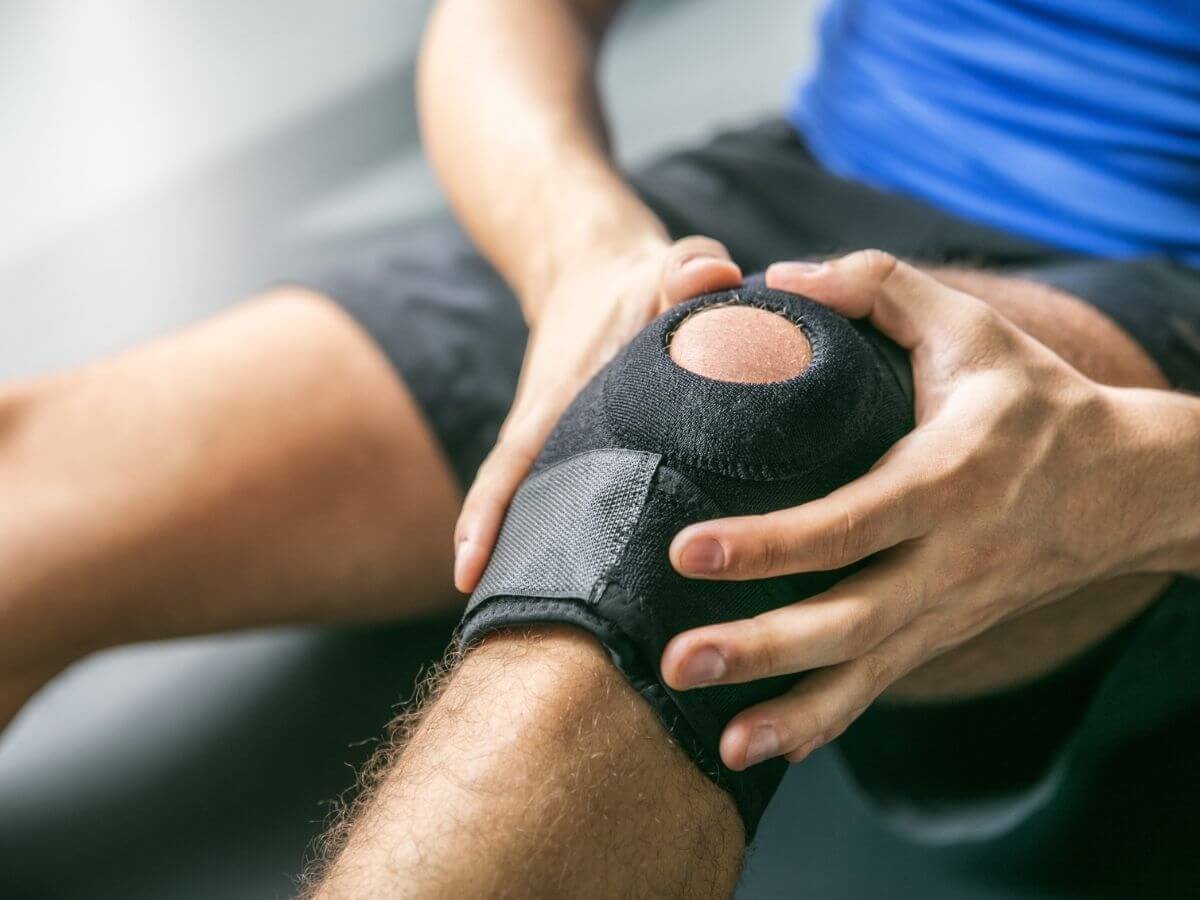Artificial grass installation has become increasingly popular, especially in regions with tropical climates like the Philippines. This synthetic surface, made to resemble natural grass, offers a wide range of benefits. From eliminating the need for watering and mowing to enhancing property aesthetics and value, artificial grass provides a modern and relaxing environment for any home or business. Proper installation plays a vital role in ensuring that the turf lasts for years and maintains its lush appearance.
Why Choose Artificial Grass?
Artificial grass offers several advantages that make it a smart investment for both residential and commercial properties. It requires no mowing, watering, or fertilizing, which means significant savings on water bills and maintenance costs. This makes it an eco-friendly option, especially important for areas where water conservation is critical. The vibrant green color remains consistent regardless of weather or season, providing a visually appealing landscape throughout the year.
Moreover, artificial grass installation can increase real estate value by enhancing the overall curb appeal. Unlike natural lawns, synthetic turf resists pests and weeds without the use of toxic chemicals, making it a safer choice for families and pets. The easy installation and low upkeep also mean less time and effort spent on lawn care, allowing homeowners to enjoy a beautiful outdoor space with minimal hassle.
Steps Involved in Artificial Grass Installation
A successful artificial grass installation involves several carefully executed steps to ensure durability and a natural look:
Site Preparation:
The first step involves clearing the area of existing grass, debris, and uneven surfaces. The ground must be leveled and compacted to provide a stable base for the artificial turf.
Base Layer Installation:
A layer of gravel or crushed stone is spread and compacted to create proper drainage. This prevents water pooling and helps the turf dry quickly after rain.
Weed Barrier Fabric:
To prevent weed growth, a weed barrier fabric is laid over the base layer. This adds an extra layer of protection and reduces maintenance efforts later on.
Laying and Cutting the Turf:
The artificial grass rolls are rolled out and cut to fit the designated area precisely. Careful measurements and trimming ensure a seamless appearance.
Securing the Turf:
Using nails or adhesive, the turf is fastened firmly to the ground to prevent shifting or lifting over time.
Adding Infill Material:
Infill materials such as sand or rubber granules are spread evenly to add weight, improve stability, and provide cushioning for a natural feel.
Final Grooming:
Brushing the turf fibers upright helps create a realistic grass appearance and smooths out any imperfections.
Tools and Materials Needed for Installation
Completing an artificial grass installation requires some essential tools and materials, including:
- Shovels and rakes for clearing and leveling
- Utility knives or turf cutters for precise trimming
- Nails, staples, or adhesive for securing the turf
- Gravel or crushed stone for the base
- Weed barrier fabric
- Infill materials like sand or rubber granules
- Brushes for grooming the turf fibers
Having the right equipment ensures a smooth installation process and a quality finished product.
DIY vs. Professional Installation
Many homeowners consider installing artificial grass themselves to save on costs. While DIY installation can be rewarding for smaller projects or those with some landscaping experience, it requires time, effort, and attention to detail. Common challenges include uneven surfaces, poor drainage, and improper fastening, which can affect the turf’s longevity.
Hiring professional installers guarantees expertise, access to specialized tools, and a faster, more efficient process. Professionals also provide warranties and ensure the turf is installed to manufacturer standards. For large or complex areas, professional installation is often the best choice to avoid costly mistakes.
Maintenance Tips After Installation
One of the biggest benefits of artificial grass installation is the low maintenance required. Routine cleaning with a leaf blower or broom keeps the surface free of debris. Brushing the turf fibers periodically maintains their upright position and natural look. Stains can be cleaned with mild soap and water, while pet waste should be promptly removed to prevent odors.
Unlike natural grass, artificial turf does not need watering, fertilizing, or mowing. However, it’s important to inspect for loose edges or damage occasionally and repair as needed to keep the lawn safe and visually appealing.
Cost Factors and Budgeting for Artificial Grass Installation
The overall cost of artificial grass installation depends on several factors, including:
- Size of the area
- Quality and type of turf
- Condition of the site and required preparation
- Labor costs (DIY vs. professional installation)
- Additional materials such as infill and weed barriers
In Metro Manila and other parts of the Philippines, installation prices vary but often represent a long-term investment due to the savings on maintenance and water use. While the upfront cost may seem higher than natural grass, the reduced upkeep and durability make it cost-effective over time.
Common Challenges and How to Avoid Them
Some common issues during artificial grass installation include poor drainage, wrinkles or bubbles in the turf, and turf displacement. These problems can be avoided by ensuring proper base preparation and leveling, using a high-quality weed barrier, and securing the turf firmly.
Water drainage is particularly crucial in the tropical climate to prevent standing water and mold growth. Choosing professional installers or following detailed guidelines can minimize these risks.
Environmental Benefits of Artificial Grass Installation
Artificial grass contributes positively to the environment by significantly reducing water consumption, especially important in drought-prone areas. It eliminates the need for harmful fertilizers and pesticides that can pollute soil and waterways.
Additionally, the longevity of artificial turf means fewer resources are consumed in lawn replacement and maintenance over time. Choosing non-toxic, durable synthetic fibers further enhances the eco-friendliness of artificial grass.
Takeaway
Artificial grass installation offers a practical and attractive solution for homeowners and businesses looking to maintain a vibrant green lawn without the hassle of traditional landscaping. The many advantages, such as water savings, low maintenance, and increased property value, make it a wise choice for tropical regions like the Philippines. Proper installation is key to maximizing these benefits and ensuring the turf remains lush and durable for years.

